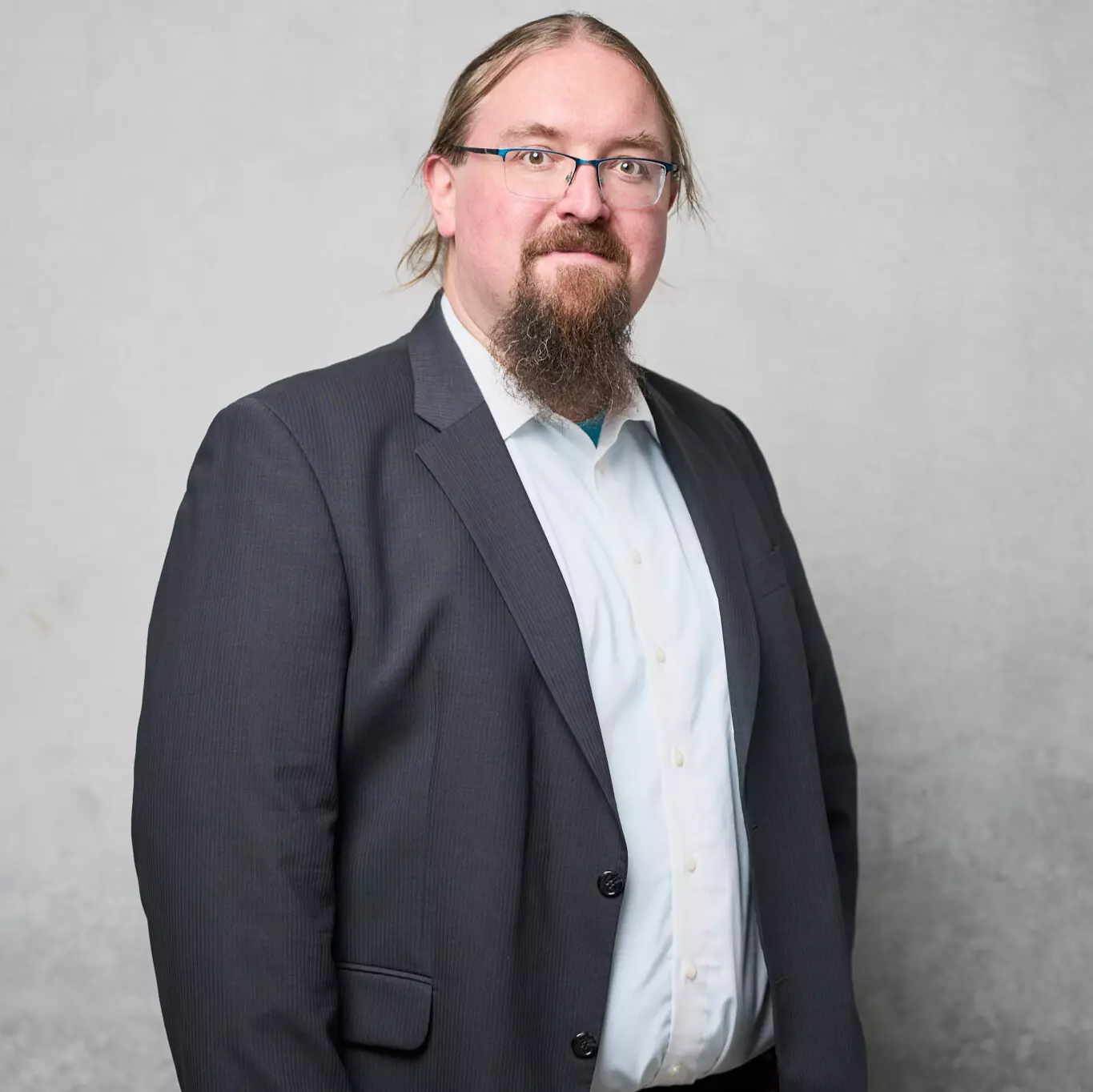About
Our Mission: Accelerating Innovation, together.
Hi-Acts has established a sustainable, cross-industry innovation platform for pioneering applications of accelerator technologies. It aims to speed up the development of system solutions to pressing challenges facing society.
- Currently, five leading Helmholtz Centers support this network. We invite additional research centers, industry companies, and other stakeholders to join us in pooling expertise and developing solutions together.
- Industry and medical sectors can gain access to extensive know-how and technological capabilities through a simple request to the Hi-Acts team. Our team connects suitable partners for targeted solutions, promotes co-creation processes, and facilitates knowledge transfer.
- With a funding of 13.2 million euros from the Helmholtz Association (over three years), Hi-Acts is being established and aims to grow sustainably through corporate engagement.













Technology Labs
Our Technology Labs for your Innovations
The Hi-Acts Technology Labs are teams of scientists working on a range of key topics that offer great potential for innovation. The aim is to build a direct bridge between science and industry and to reduce the “time-to-market”, i.e. to bring new developments to the market as quickly as possible. They do so by continuously driving forward the development of important core topics, thereby increasing the technology readiness level for various challenges. This means that Hi-Acts can implement the requirements and ideas of its network partners even more rapidly and precisely, at the highest scientific and technical level. Every project is actively supported by the transfer and innovation leaders of the Hi-Acts Team. They are responsible for connecting the various players, initiating joint activities and organising possible follow-up projects.
Five labs are currently doing research in the following core areas:
Compact Accelerator-driven Neutron Sources (CANS)
1In addition to X-ray techniques, analytical methods based on neutron beams are becoming increasingly important in research and technology – in energy technology, for example, but also in medicine. The availability of such neutron radiation is limited, however, because it can only be produced at large-scale research facilities such as nuclear research reactors or accelerator-based spallation sources. A group of Helmholtz researchers is therefore working to develop compact accelerator-driven neutron sources (CANS) that are lighter and cheaper to operate and could therefore be used decentrally on company or hospital premises. The best way of achieving this is being studied primarily at one of the beamlines of the Ion Beam Centre (IBC) at the HZDR.

Our Partners



























Participating Centres Hi-Acts









